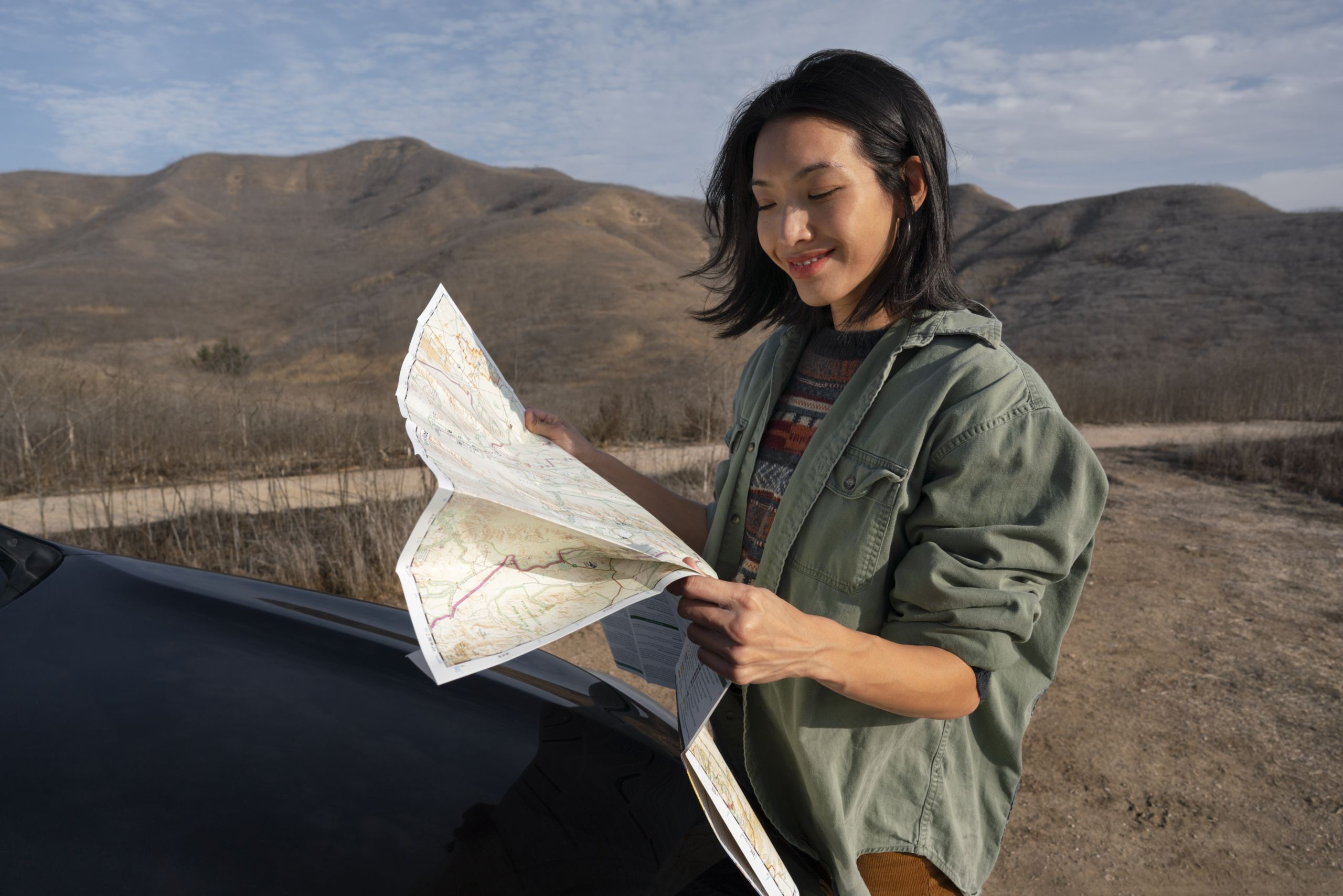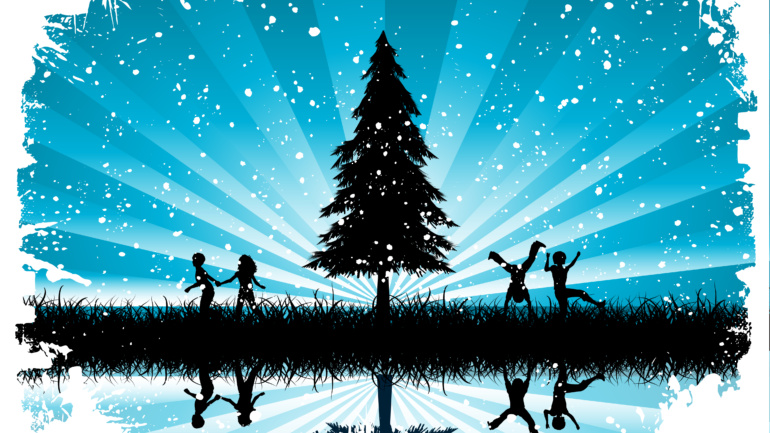Title: “Navigating the Fourth Wing: A Map to Your New Obsession”
If you’ve ever read a fantasy book that completely immerses you in a world so vivid and detailed that you can’t help but wish you could visit, then you’ve probably found yourself obsessing over Fourth Wing by Rebecca Yarros. It’s the kind of book that makes you want to keep flipping pages long into the night, trying to unravel mysteries and uncover hidden plots. And if you’re like me, one of the most intriguing aspects of this world is not just the characters, the plot, or even the dragons—no, it’s the map.
Yes, the map. The Fourth Wing map. It’s not just a random layout of lands and territories. It’s a guide to everything that’s happening in the world of Fourth Wing—from the military schools to the dragons’ nests, and the treacherous landscapes where danger lurks in every corner. If you’ve ever found yourself squinting at the page, wishing you could magically enlarge the map and just stare at it for hours (guilty), you know exactly what I’m talking about. There’s something mesmerizing about maps in fantasy worlds, and in Fourth Wing, the map isn’t just decoration—it’s a key to understanding the intricate relationships between locations, characters, and even the battles that are yet to come.
So, let’s take a deep dive into the geography of Fourth Wing—and no, I’m not just talking about the obvious landscapes. We’re going to explore the deeper meanings behind the map, why it’s so much more than just a tool, and how it brings the world of Navarre to life in ways you might not have thought of before.
1. The Power of a Map in Fantasy
Before we dive into the specifics of the Fourth Wing map, let’s take a moment to appreciate the art of map-making in fantasy novels. Think about some of the best-loved fantasy series: The Lord of the Rings, A Song of Ice and Fire, and, yes, Fourth Wing. What do they all have in common? Maps. And not just any maps, but carefully crafted, intricately detailed ones that help us as readers navigate through the world of the story.
Maps in fantasy novels are more than just a visual aid; they’re an extension of the world-building. A good map allows us to step inside the world and see things for ourselves. It gives us a sense of direction—both literally and metaphorically. In Fourth Wing, the map does exactly that. It lets us understand where we are, where the action is happening, and how the different locations relate to each other.
You can almost feel the weight of every mountain, every forest, every city as you trace the lines with your finger. And let’s not forget the thrill of discovering something new on the map each time you go back to look. Maybe you missed a city the first time, or perhaps you didn’t realize how close the Gryphon’s nest was to the battlefield. Every time you look at the map, you uncover a new layer of the story.
2. Unveiling the Land of Navarre
The map of Fourth Wing is set in the land of Navarre, a place that’s as rich in danger as it is in beauty. As you pour over the map, you realize that every corner of Navarre is teeming with life—some of it a little too hostile for comfort. It’s not just a pretty piece of art; it’s a battlefield, a playground, and a home all rolled into one.
In the center of the map, you’ll find the military academy where our main characters train to become dragon riders, and let’s face it, if there’s one thing you want to know about in this world, it’s how to ride a dragon. But surrounding that school are the surrounding lands—forests, mountains, and even dark, mysterious places where no one dares to tread. The way the land is laid out tells us a lot about the story. These places aren’t just points on a page; they’re active participants in the narrative.
For instance, if you zoom in (or, more realistically, squint really hard) at the map, you’ll notice regions that are marked by uncertainty. These places are not just blank spaces; they’re locations filled with tension. There’s danger in the uncharted territories, but there’s also promise. These places might be home to untold secrets or future plot twists. The topography of Navarre almost mirrors the emotional terrain the characters are navigating. The closer they get to the edges of their known world, the closer they get to self-discovery and uncovering the true forces that will shape their fates.
3. The Parapet and Other Key Locations
One of the most talked-about features of the Fourth Wing map is the Parapet. If you’re unfamiliar with this term, it’s the high vantage point overlooking certain parts of the map—both literally and figuratively. As one of the most prominent landmarks on the map, it’s not just a physical location but a symbol of the larger stakes at play. It’s the place where characters face the most significant challenges, where alliances are tested, and where choices are made that will impact not just the characters, but the entire world of Navarre.
But there’s more to the map than just the Parapet. If you really start to examine the finer details, you’ll notice that each location—whether it’s a training ground, a military base, or a dragon’s den—has a unique personality. They all feel like they belong to the story. The land isn’t just there to exist; it shapes the characters and pushes them into situations that help reveal who they are. As a reader, you’re not just passively taking in the narrative; you’re actively participating by analyzing the geography and figuring out how the setting will influence the next twist in the plot.
4. The Fascination with Maps: Why We Can’t Stop Looking at the Fourth Wing Map
Now, let’s talk about the allure of the map itself. You’ve probably already seen the Fourth Wing map in its full glory, either in the book or through various fan-made PDFs that are floating around the internet. If you’re anything like me, you’ve probably found yourself getting lost in it. I mean, sure, we’ve got the plot to follow, but there’s something hypnotic about tracing the lines, imagining the routes our characters will take, and feeling like you’re on the journey with them.
It’s not just the places themselves that captivate us—it’s the possibilities. The map teases us with potential stories we haven’t yet experienced. What if one of the characters crosses the mountain range on the far side of the map? Or what if we learn that the dark forest has a secret that no one expected? The map is like a puzzle, and every time we look at it, we unlock a new piece.
And then there’s the sheer satisfaction of getting a perfectly zoomed-in look at it. It’s almost like you’ve solved a riddle when you can recognize the geography of Navarre with just a glance. Once you’ve pieced together the locations, the terrain, and the distances, you feel like you have a deeper connection to the story itself.
5. How the Map Shapes Your Experience of the Fourth Wing
The Fourth Wing map does more than just guide us through the terrain; it also shapes how we experience the story. Imagine if the book didn’t have the map—would you feel as connected to the land of Navarre? Would you understand the risks and the stakes as clearly? Probably not. The map allows you to visualize the scale of the world, making everything feel more real, more tangible. Without it, you’d be reading about a place that’s harder to imagine, harder to believe in.
Maps create context. They give us a frame of reference that helps us understand the narrative on a larger scale. When we look at the Fourth Wing map, we’re not just reading about places; we’re seeing them unfold in front of us. And as each new chapter builds upon the last, the map serves as both a reminder and a prediction of where we’re heading next.
6. The Hidden Stories Behind the Map
Lastly, let’s talk about the mystery embedded in the map. There’s something truly magical about maps in fantasy worlds—especially when it comes to books like Fourth Wing. Every corner of the map holds a secret. Whether it’s an ancient ruin, a mysterious city, or a mountain range that only a select few have crossed, the map teases you with what’s to come.
There are places you might not even realize are important until you re-read the book and start noticing connections between locations and plot developments. That’s the beauty of a well-constructed map: it holds the key to understanding how the world works and what’s at stake.
In conclusion, the Fourth Wing map is more than just a visual aid—it’s a crucial part of the storytelling experience. It lets us explore, theorize, and dive deeper into the world of Navarre. It’s not just about the locations—it’s about the journey. And as we follow the characters, we’re not just traveling with them; we’re traveling through a world that feels real and alive.
So, the next time you find yourself staring at the Fourth Wing map, remember: you’re not just looking at lines and shapes on paper. You’re looking at the heart of the story, waiting to be explored. Happy reading—and happy navigating.


